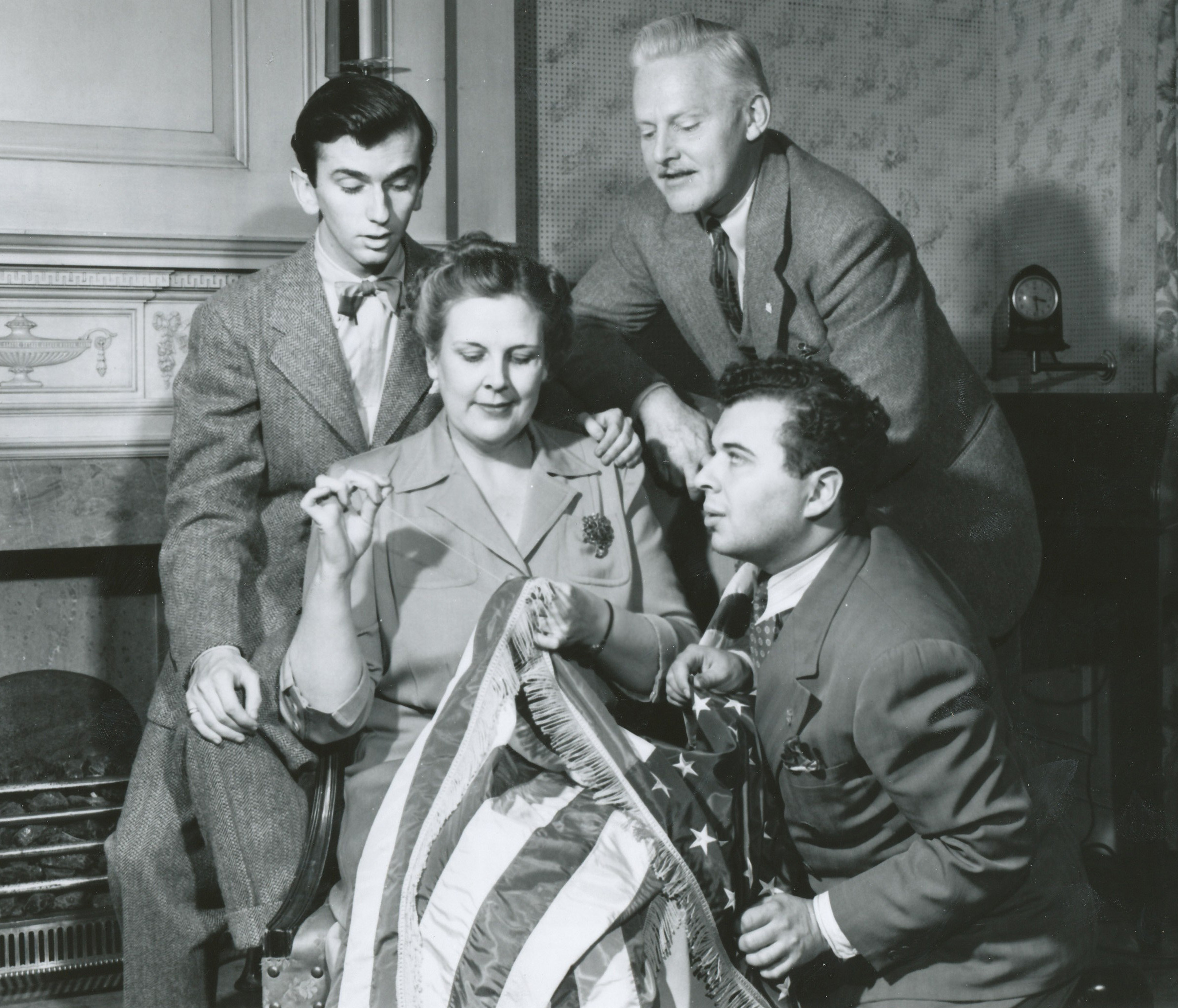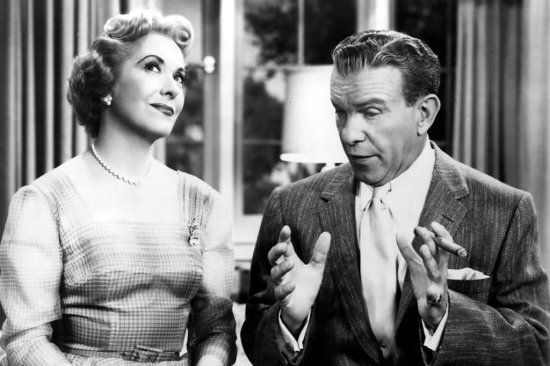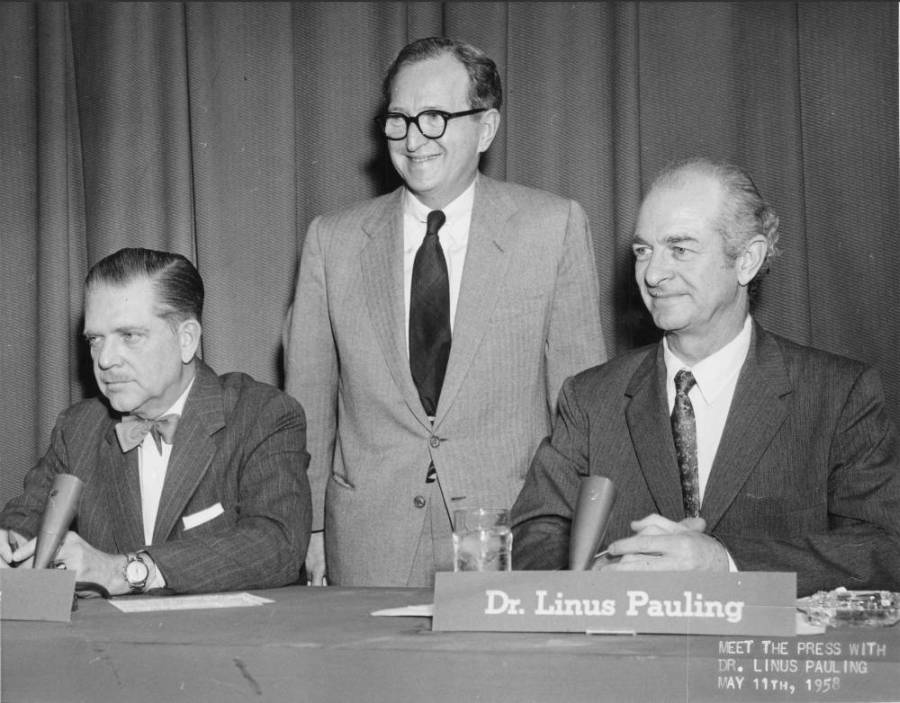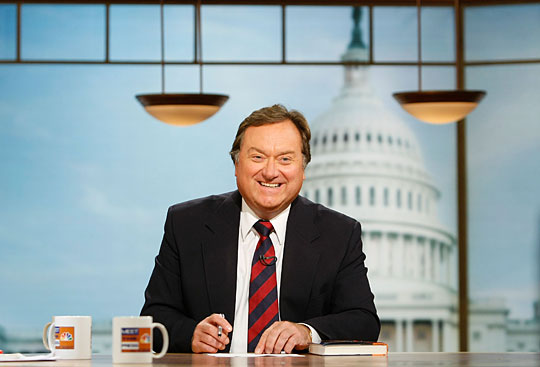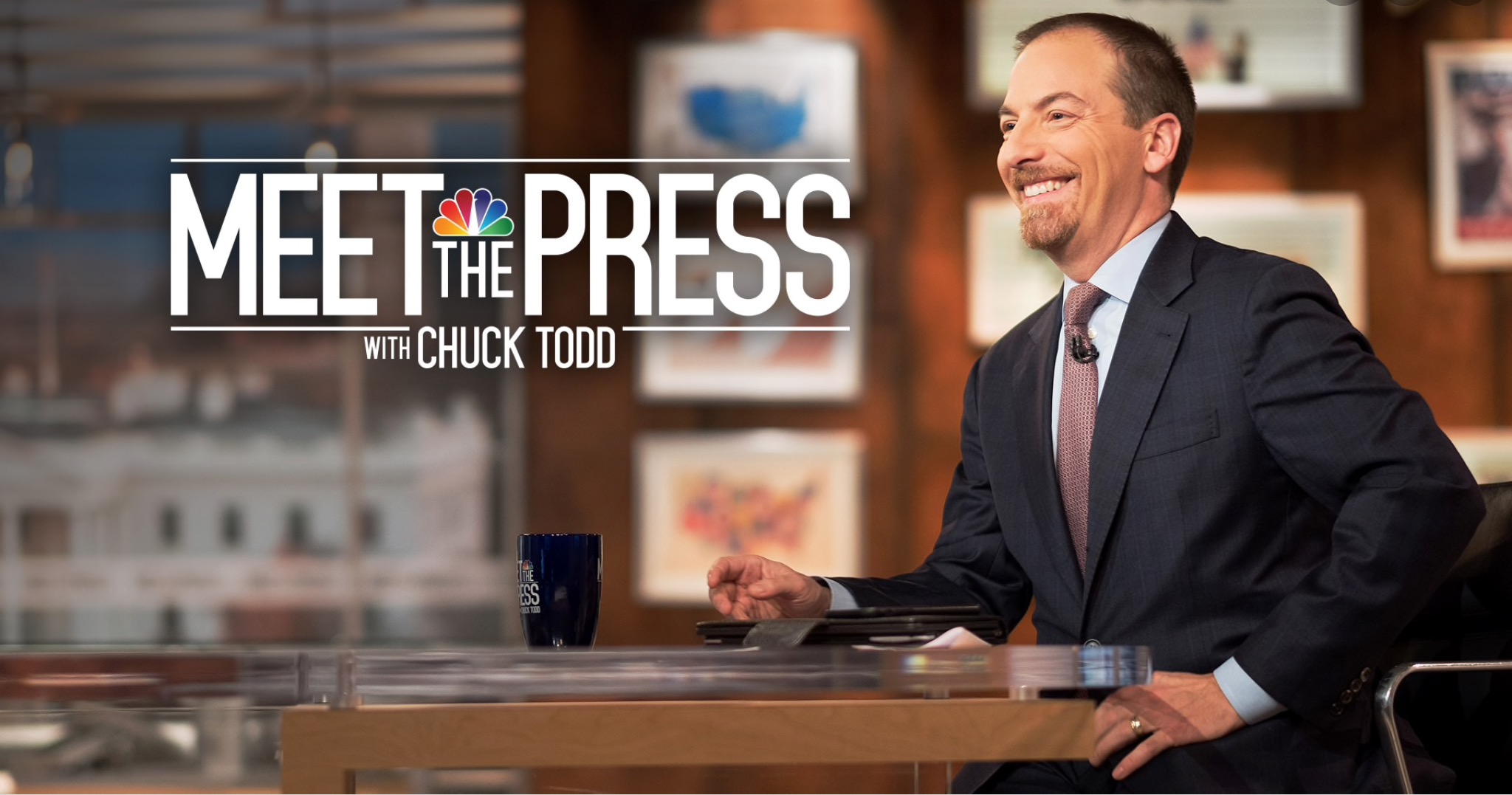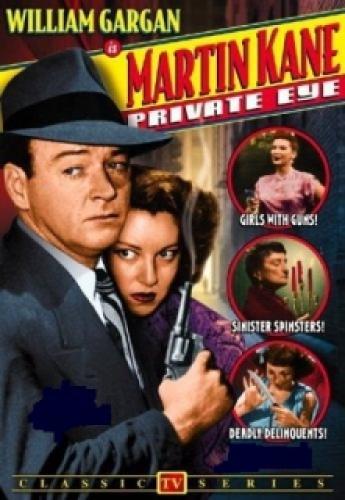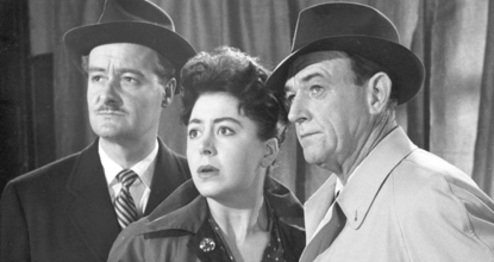We are ending our “They Were the First” blog series with the first variety show to air on TV. During the first few decades of television, variety shows were always popular. And the show that drew in viewers every week was The Ed Sullivan Show.
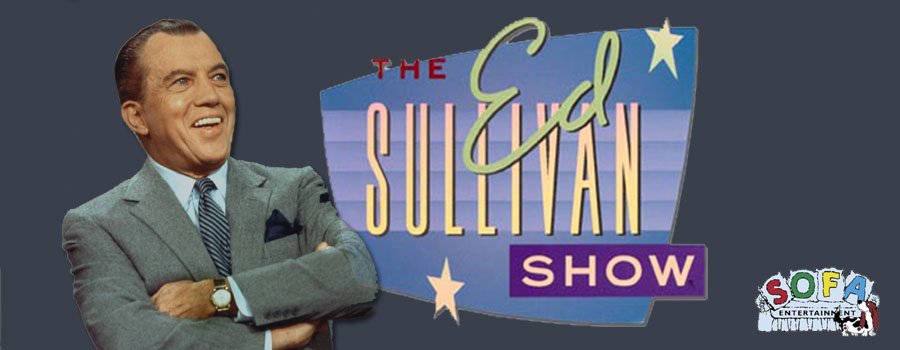
The Ed Sullivan Show debuted on CBS as The Toast of the Town on June 20, 1948. (The show was changed from The Toast of the Town to The Ed Sullivan Show in 1955.) If you watched the first episode, you would have enjoyed Martin and Lewis performing, jazz singer Monica Lewis, Richard Rodgers and Oscar Hammerstein previewing their score to South Pacific which would open on Broadway in 1949, a troupe of singing firemen, and a boxing referee who would be in charge of the Joe Louis-Jersey Joe Walcott match. The last show of the series from March 27, 1971 featured pop singer Melanie, soprano singer Joanna Simon (sister of singer Carly Simon), Danny Davis and the Nashville Brass, and multi-lingual singers Sandler and Young.

It was on Sunday evenings at 9 pm ET and would continue airing Sunday evenings in the network schedule until it went off the air in 1971. Sullivan presented a vaudeville (vaudeo as some execs referred to it) type format with guests from almost every genre of entertainment: popular singers, comedians, dancers, actors, acrobatic acts, opera singers, sports and classical musicians.
Even if you never watched the show, you probably can hear Sullivan’s dead-pan introductions in your head. He was mimicked for years for his notorious monotoned voice and his bungling of introductions. Cher always complained that they were introduced as “Sonny and Chair.” When he was mad at Buddy Holly, he introduced him as something like “Buddy Hollared.”
CBS had its own symphony orchestra in the early years (as did NBC). Some of the orchestra members became part of the orchestra conducted by Ray Bloch on Toast of the Town. It was an incredible group of musicians who could play for a wide array of genres (imagine switching from The Jackson Five to Ella Fitzgerald to Itzhak Perlman to a ballet in one night). Each member was a specialist and had no trouble performing a spectrum of musical genres. In addition to the orchestra, the June Taylor Toastettes also danced on the show.
Most performers looked at an invitation from the show as their ticket to stardom. Harry Belafonte was a popular performer in the mid-fifties on the show, Elvis Presley made his first appearance on September 9, 1956, and The Beatles made the show one of their first stops when they came to America in 1964.
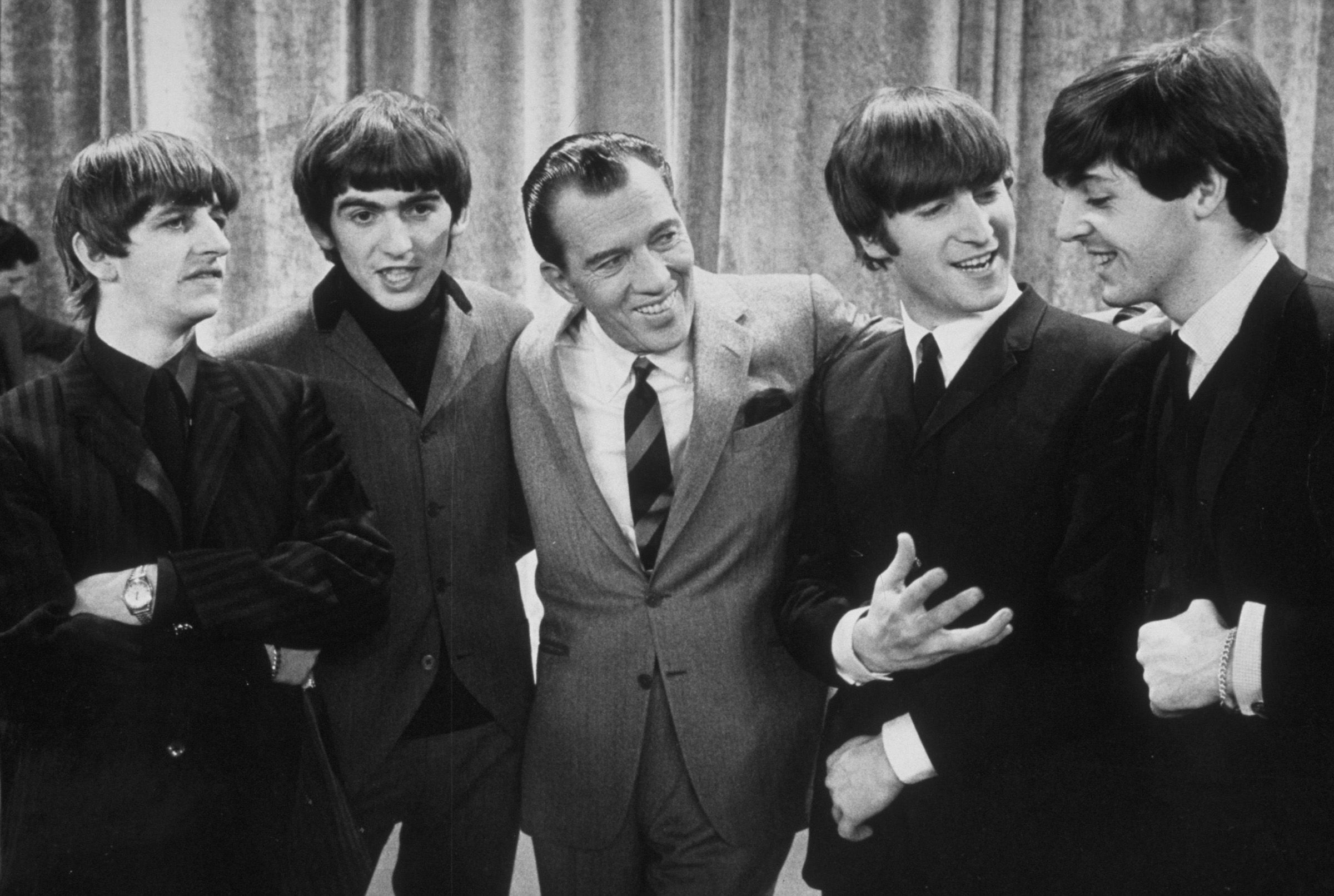
While most people would not be surprised to learn Belafonte, Dinah Shore, and Irving Berlin made their debuts on the show, they might not have expected that Ed also hosted Bob Dylan, The Rolling Stones, The Doors, and Janis Joplin.
Until 1962, the show’s main sponsor was the Ford Motor Company, specifically the Lincoln-Mercury Division. Sullivan would read live ads on the air during these decades. Color came to the Ed Sullivan Show in 1965.
The show was broadcast live. Originally it came from the Maxine Elliott Theatre (CBS TV Studio 51) at Broadway and 39th St. and moved to its permanent home CBS-TV Studio 50 which eventually was renamed the Ed Sullivan Theater.
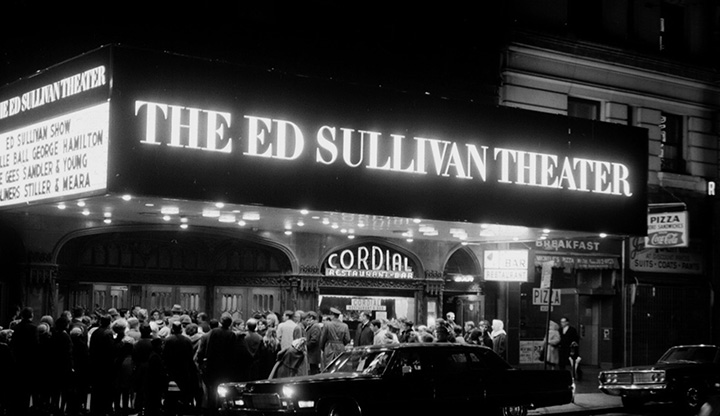
The show did very well attracting viewers. Until 1968, it was in the top twenty for its entire history. In 1969, it dropped to 23rd and in 1970, it hit 27th but still did pretty well, landing in the top thirty. However, the network decided that the show was attracting the wrong demographic, namely older Americans. The show was cancelled in spring of 1971, so Ed was not able to put together a final good-bye; the show just ended.
In 1990, Andrew Solt (SOFA Entertainment) purchased exclusive rights to the library of The Ed Sullivan Show from Ed’s daughter. The collection includes 1087 hours of kinescopes and videotapes. Most of the shows that have been released have been on VHS/DVD sets. However, in 2021 MeTV began airing half-hour packages of performances on, when else but, Sunday evenings.
So, you might be wondering how Ed Sullivan became the emcee of such a long-running, successful show. Alan King once said, “Ed Sullivan can’t sing, can’t dance, and can’t tell a joke, but he does it better than anyone else.”
Although his onscreen persona was not very exciting, off screen his life was just the opposite. He loved New York night life and was a world traveler. He was a bit eccentric and lived at the Delmonico Hotel.
Ed was a twin but, sadly, his brother was sickly and only lived a few months. In the 1920s, Sullivan had hosted radio programs with Broadway themes. He was able to work with Jimmy Durante, Irving Berlin, and Jack Benny, among others.
In 1926 he began dating Sylvia Weinstein; their families were opposed to a Catholic-Jewish marriage and they dated three years before wedding. The couple had a glamorous, exciting life, hobnobbing with the rich and famous.
Ed worked as a newspaper reporter, covering sports till 1931. At that time, he was asked to write a Broadway feature and The New York Daily News hired him to write a regular column about New York.
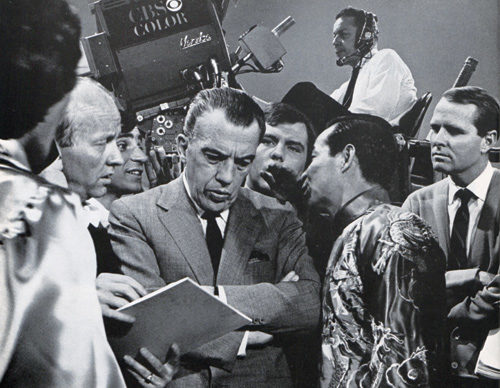
In 1947, Sullivan emceed the Harvest Moon Ball for the Daily News which was televised. After that event, CBS offered him the variety show. Although he was known for having controversies, asking musicians to change lyrics or eliminate songs he thought were not appropriate for his show, he was respected in the industry for being color-blind to talent. Despite racism within the industry, he supported talented individuals despite their race, gender, or background. He featured many African American guests who went on to become stars on his show. He and Louis Armstrong were close friends, and Sullivan paid for the funeral of Bill Bojangles Robinson after he died penniless. Sullivan also appreciated Motown and often invited their artists on the show.
When you look at what television was like in the late forties and all the changes that the next several decades would bring, it is pretty amazing to have Meet the Press, which began in 1947 and Toast of the Town which began in 1948 to have such long lives on air. These shows not only learned to adjust to social and technical changes, they were quality shows that stood the test of time. After learning more about The Ed Sullivan Show, I am curious to learn more about the man behind the show. I hope you have enjoyed getting to know a little bit more about the early days of the classic television this month.



